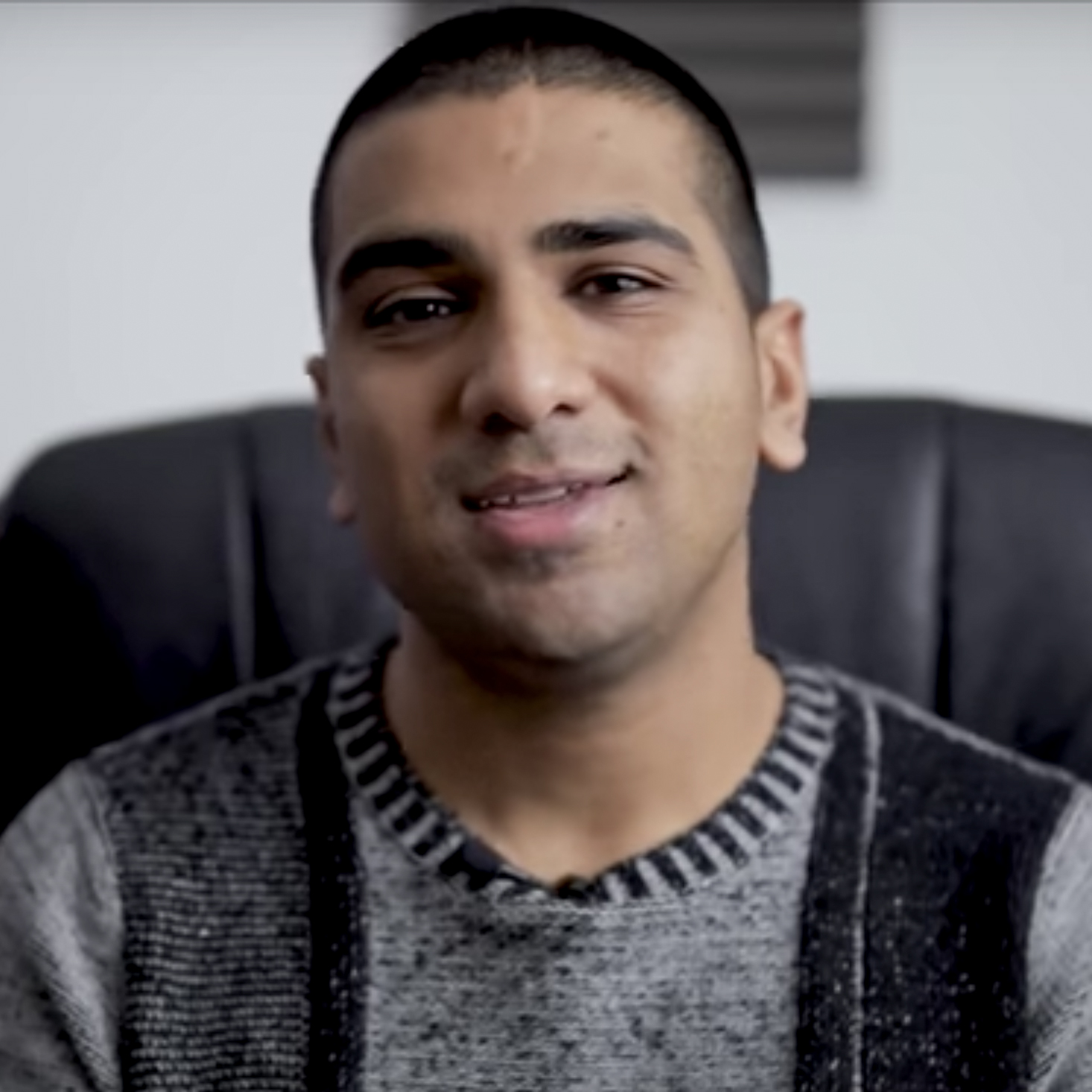What is the medium format camera "look" – and does it even matter?
You may have heard photographers raving about the medium format camera "look" – but what does that even mean?
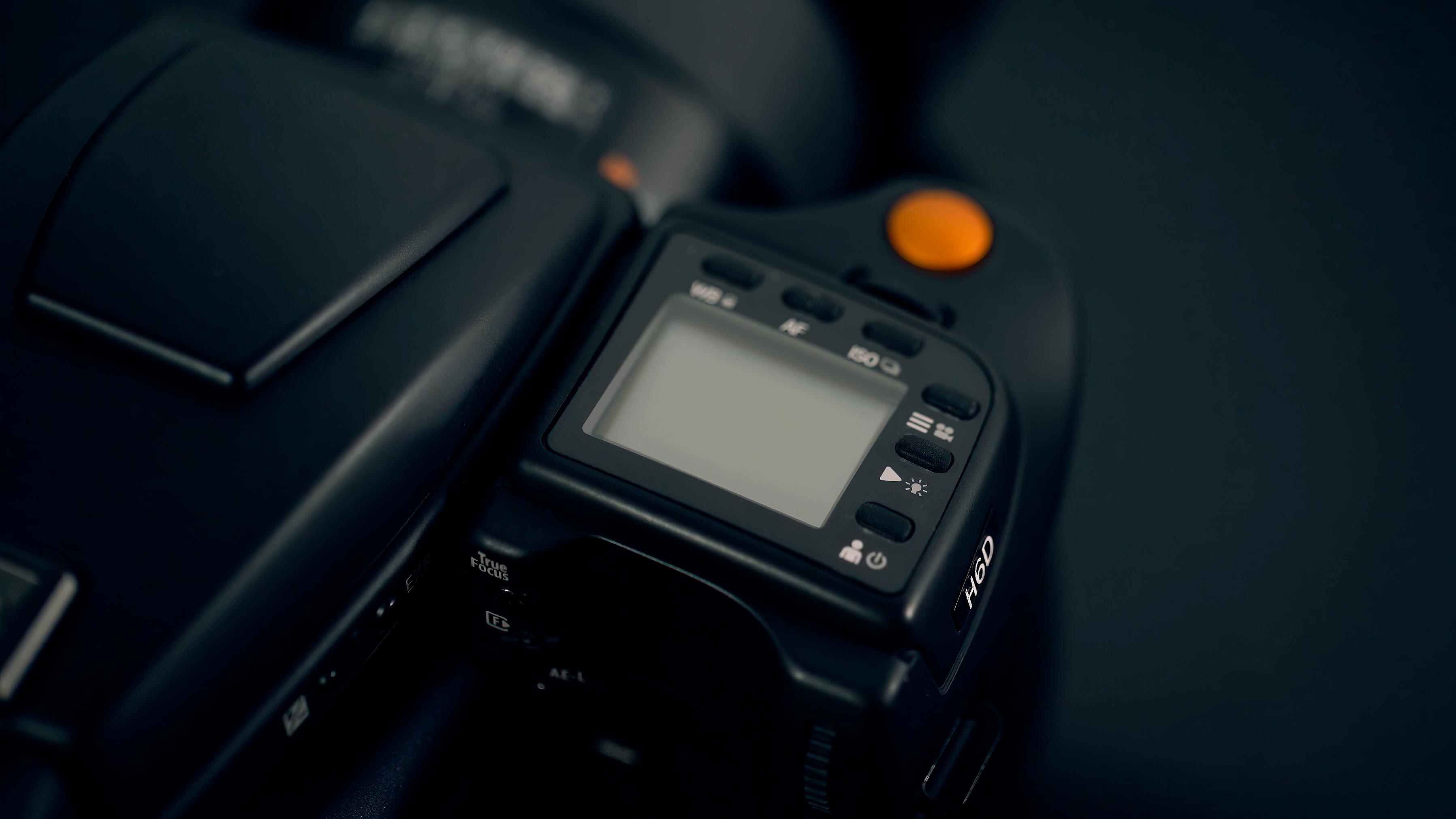
If you've ever wondered what exactly is this medium format camera "look" that all your photographer friends seem to be raving on about, you're not alone. Essentially, the idea is that medium format camera produce images that appear to have more depth and seem more "lifelike".
However, is this idea necessarily true – or is it all hype? We've looked at the arguments for and against the medium format camera "look" to see just how much truth there is to this concept.
• Read more: Best medium format camera
Depth of field
When examining the idea of the medium format look, one of the prevailing theories regards how depth of field is affected by the larger sensor. Essentially, medium format cameras will be able to produce images with a shallower depth of field than a full frame camera – but will also be able to retain a wider field of view.
Now this certainly makes sense on paper. In order to match the field of view between a full-frame camera and a medium format camera, you would need a longer focal length for the larger sensor. For example, to match a 50mm full-frame lens, you would need a 63mm lens on a medium format camera such as the Fujifilm GFX 100s.
One of the properties of longer focal length lenses is that they require larger entrance pupils. The entrance pupil is the size of the opening in the lens, not including any aperture blades. A lens with a larger entrance pupil will always produce a shallower depth of field at any given distance.
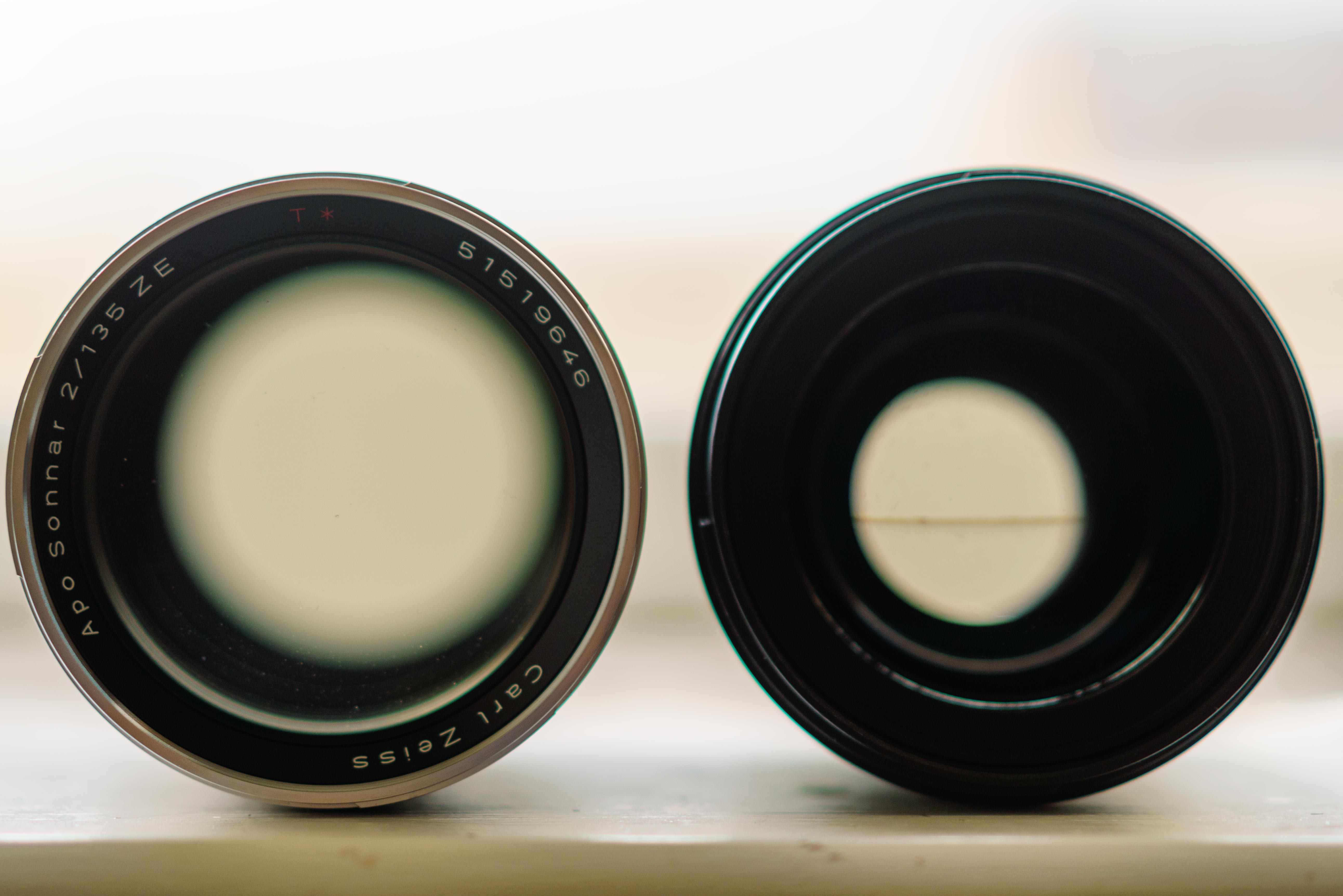
In the image above, the lens on the left is the Zeiss 135mm f/2.0. Its entrance pupil is significantly larger than the lens on the right, which is the Sigma 50mm f/1.4 Art. Despite the 50mm having a wider aperture, the 135mm lens is much larger when it comes to its entrance pupil.
Get the Digital Camera World Newsletter
The best camera deals, reviews, product advice, and unmissable photography news, direct to your inbox!
This is effectively why, in theory, if you're matching the field of view between medium format and full-frame cameras, the larger sensor camera will produce a shallower depth of field.
Putting this into some numbers, if you shoot with an 80mm f/2.8 lens on a 645 medium format camera with a distance of a 100cm, the total depth of field will be 4.5cm. On a full frame camera, you would need a 50mm lens with the same aperture to match the frame and produce a depth of field of 6.8cm. Obviously the medium format camera is producing a shallower depth of field. However, when this is put into practice, this is only part of the story.
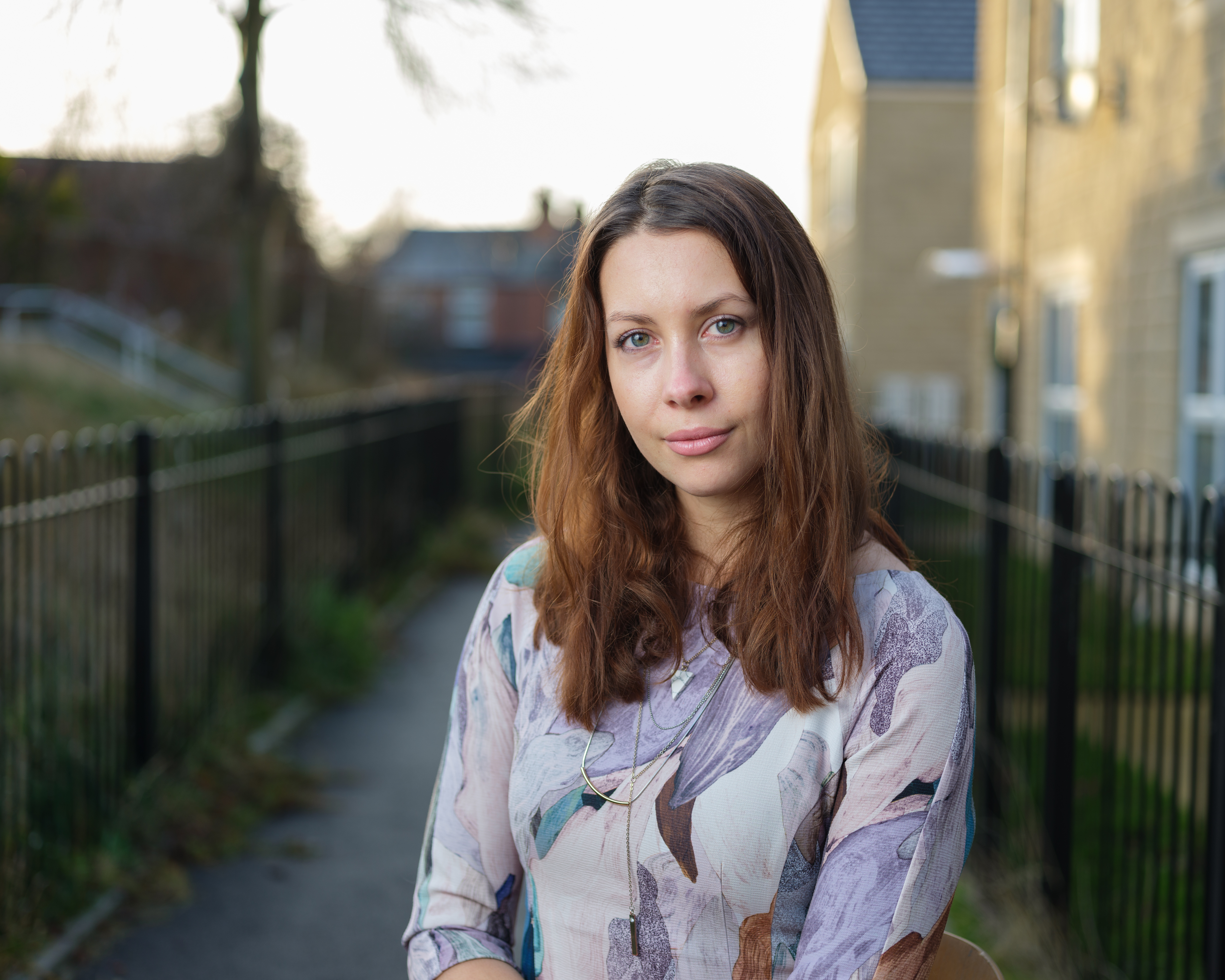
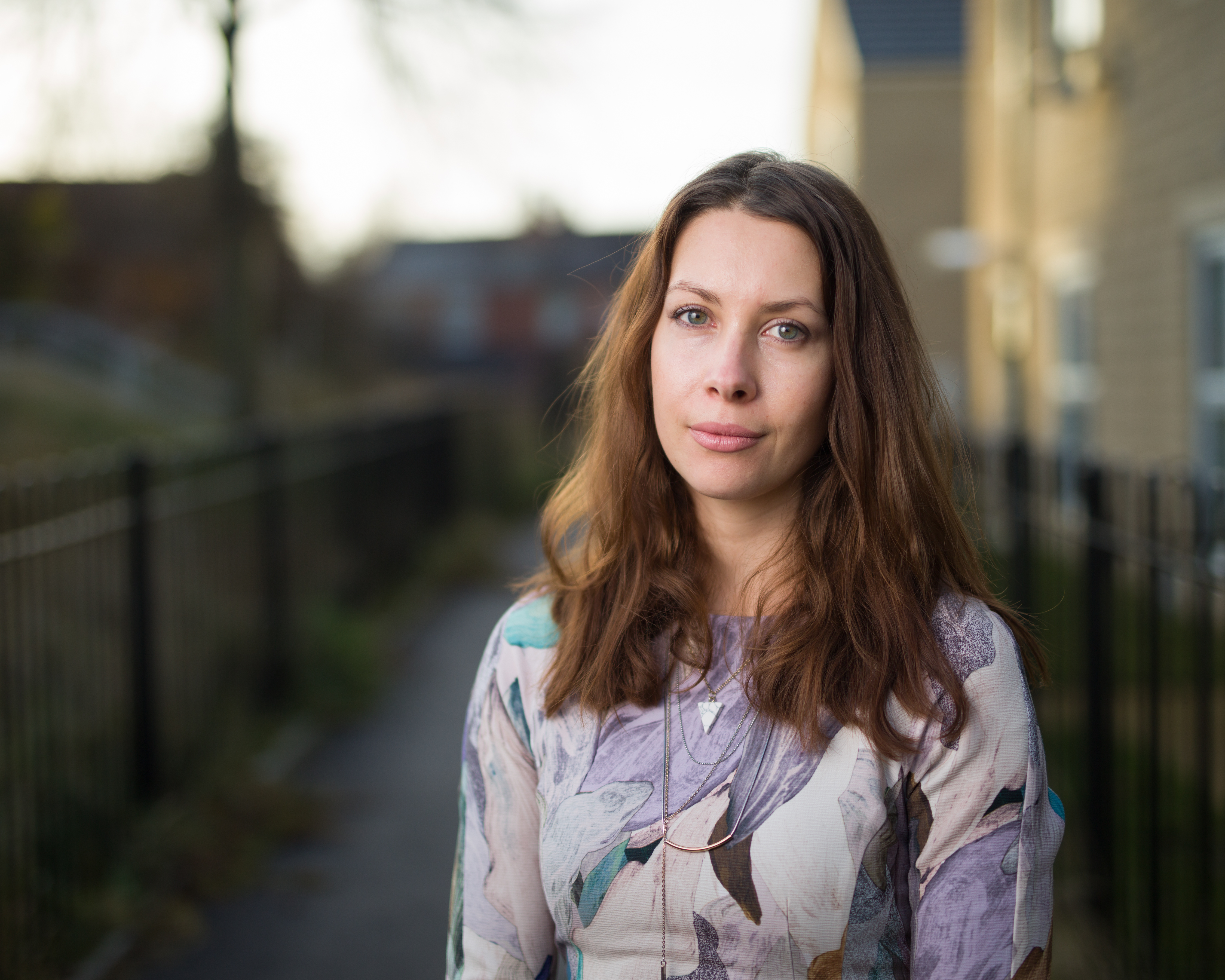
In practice, the depth of field argument about medium format cameras falls apart pretty quickly. The key reason for this is because you can shoot with much wider aperture lenses on full-frame cameras.
In the images above, the full-frame camera system produces results with a much shallower depth of field. This is because full frame camera have a far wider range of lenses, with wider apertures available to the user. For this reason, the idea that the medium format look has anything to do with depth of field can be dismissed quite quickly.
Image quality
One of the other main theories behind the medium format camera look is that you get better image quality. This is because large sensors allow for larger lenses, which have a tendency to produce better quality results.
While this is true in many cases, this isn't actually set in stone. Many full frame camera systems have lots of extremely high quality lenses available, while medium format systems have a much more limited range.
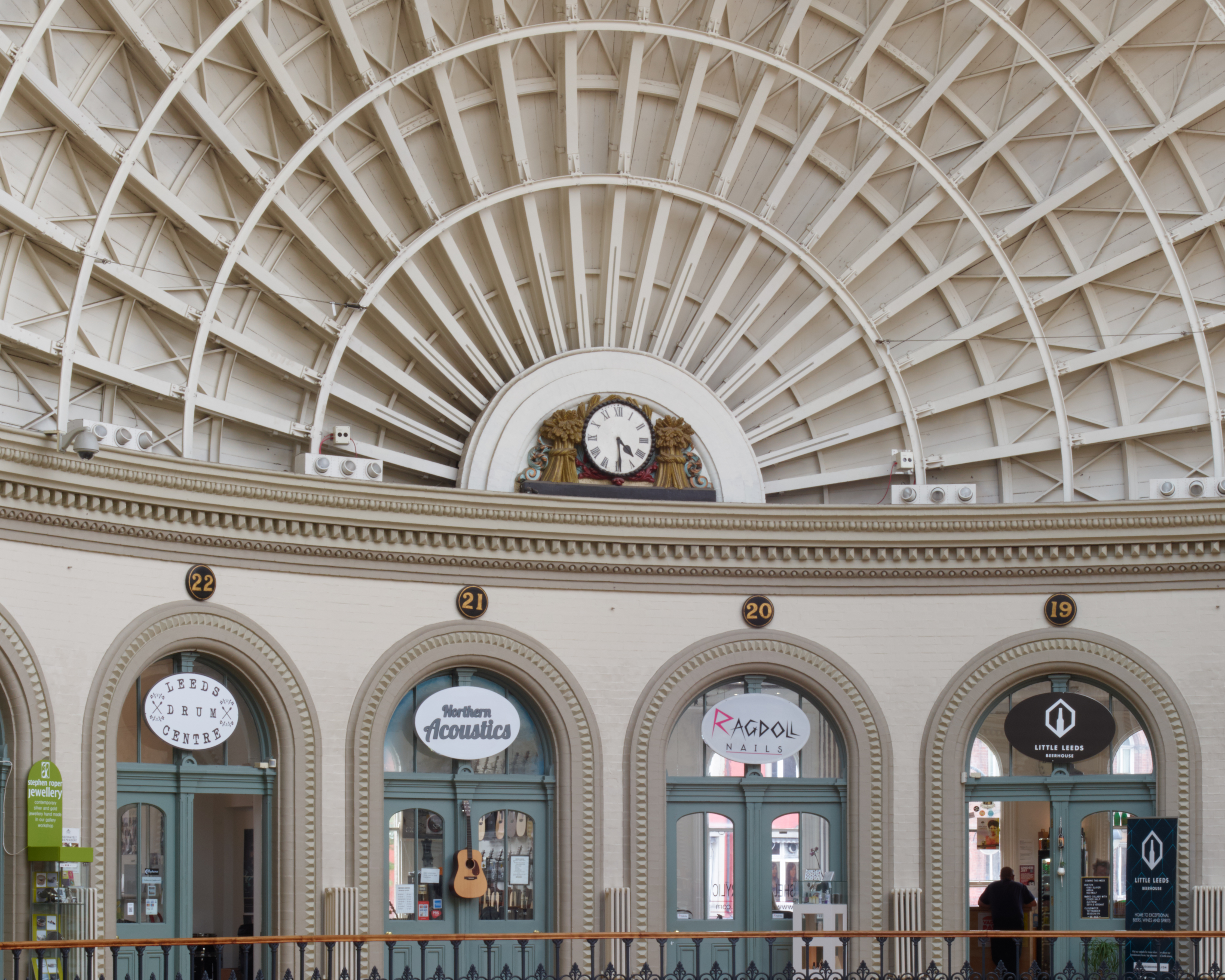
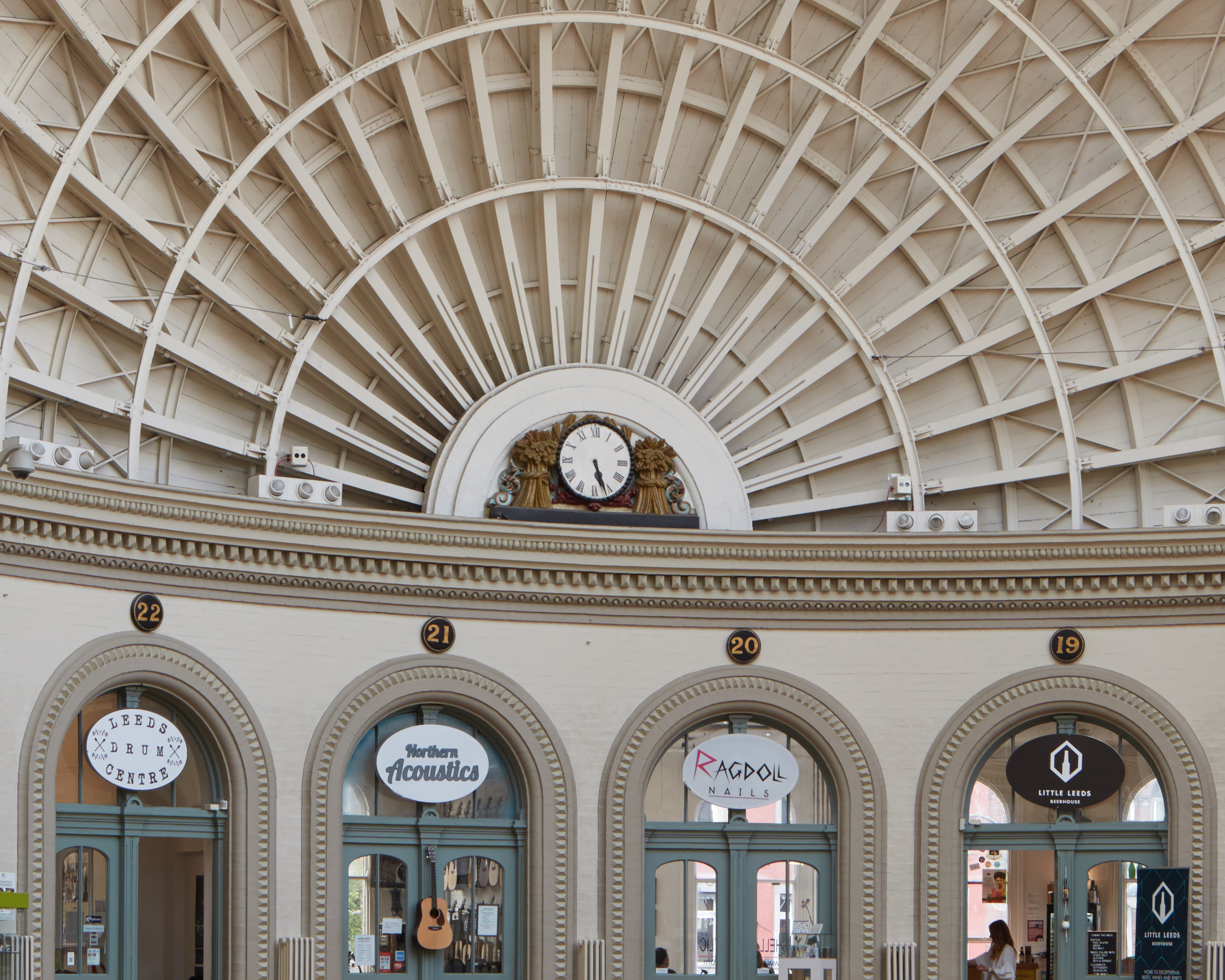
The comparison above demonstrates how a full-frame camera system can outperform a medium format system. This is simply because there are lots more high quality lenses available for full-frame cameras.
In the comparison above, to match the depth of field between both camera formats, you need to shoot at different apertures. A 24mm full-frame lens at f/8.0 will produce similar results to a 40mm 645 medium format lens at f/13. This is why the settings in the examples above are slightly different.
When shooting at these equivalent apertures, the 24mm tilt-shift lens is noticeably sharper and produces a more detailed looking image. This is in spite of the fact that the full-frame camera has half the resolution of the Phase One 100MP back.
The idea that medium format cameras produce better quality results is debatable. For this reason, image quality can't really be the reason behind the 'medium format look.'
Color
Most modern cameras currently use a system where the majority colors are interpolated. This is because sensors only have red, blue and green pixels. Due to this, the color yellow, for example, doesn't exist on a camera sensor. It is derived entirely through clever algorithms and interpolation. The more information a camera sensor can capture, the easier it can be to interpolate many of the "unseen" colors.
Several high-end medium format camera can produce 16-bit raw files. This enables them to produce trillions more colors than standard 14-bit camera sensors. Therefore, it could be argued that the medium format look is predominantly down to colors.
In a lot of ways, this would make sense. Based on our perception, color can have more of an impact than detail or sharpness can. Color can even help make two dimensional objects appear to have more depth.

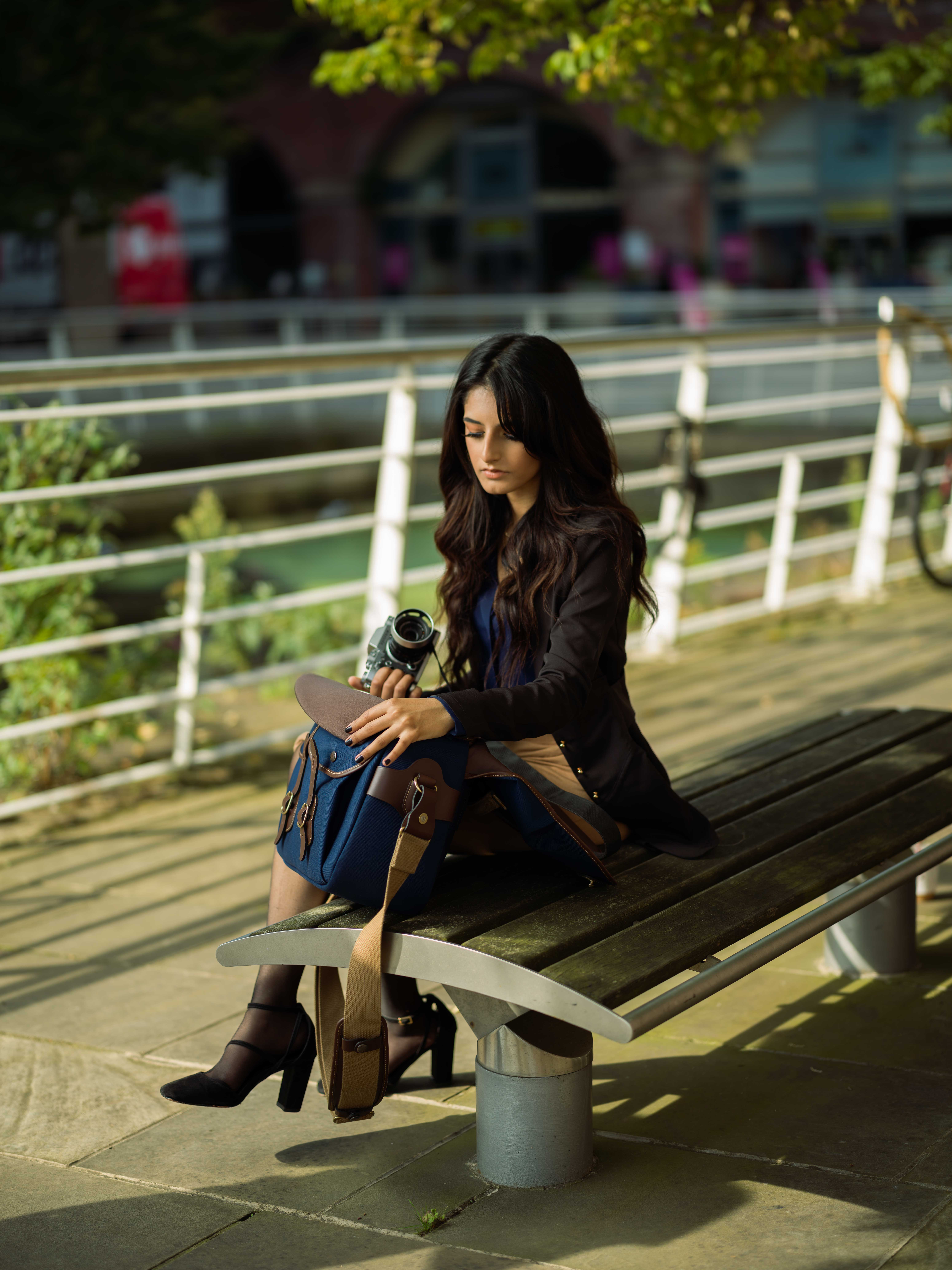
Cameras such as the Hasselblad 907X 50c produce incredibly vibrant looking images without ever looking over-done. There's a certain feel that the camera and lens combination produces that's hard to describe in words. For many people, this could be described as the medium format "look".
However, the Hasselblad 907X 50c and the X1D II don't have 16-bit RAW capable sensors. The files from these cameras are interpolated up from 14-bit files. Nonetheless, the images still have a certain look due to the Hasselblad color profile. Blue and yellow tones have a particular vibrancy, which is extremely pleasing to look at. Much of this is a result of Hasselblad having lots of experience developing 16-bit raw files, for its larger sensor H-mount cameras.


Unfortunately, this doesn't hold up quite as well when comparing the Hasselblad to Canon EOS R5. The two images above were shot with identical lighting and the Canon actually does a better job. The color produced by the Canon camera is not only more vibrant, but more accurate too. For example, the green tones in the background are clearly visible in the Canon shot, whereas they appear somewhat muddy in the Hasselblad image.
Color could be one of the main differentiating factor between medium format cameras and full-frame systems. However, with the latest cameras and continual improvements in technology, full-frame cameras may be beginning to take the lead here.
What is the medium format look?
Unfortunately, there might not actually be a medium format camera "look". Cameras with a larger sensor operate with the same rules that smaller sensor cameras do and the difference between full-frame and medium format isn't really that much in the grand scheme of things.
Some have described the extra dynamic range in medium format cameras to be the 'look', but realistically this doesn't make sense, as most full-frame cameras today offer similar amounts of dynamic range. The differences can only be seen in extremes such as beyond 4 stops of recovered exposure. This couldn't appear as a "look" in most images, because most images are not recovered to that degree.
Alternatively, perhaps it's a combination of lots of intangible aspects that creates this concept. It could be said that the combination of image quality, dynamic range, color and the experience of shooting with the larger system, is what creates the medium format look.
However, this argument seems quite unconvincing when you start to investigate the individual aspects and perform controlled comparisons.
So, why do medium format photos look better?
When you compare images side by side between medium format systems and full-frame systems, the results can vary. There are lots of factors to consider when comparing the different formats. In a fair and controlled test, either system can outperform the other.
If you shoot with the absolute best quality lenses from full-frame, medium format cameras may struggle to keep up. Surprisingly, there aren't many lenses available for medium format cameras that can outperform the best full-frame lenses.
So based on this, why do images from medium format cameras appear so much better?
Well, it could simply come down to talent. Instead of crediting the camera system, we may want to credit the photographers. Before Fujifilm made medium format so much more affordable, it would have been experienced high end photographers who would have been shooting with medium format cameras.
Perhaps this means that the results we see are not necessarily down to the camera, but the photographer instead.
Final thoughts
The medium format camera "look" may have been more definable in the past couple decades. However, advances in full frame camera technology means that the gap between full-frame cameras and medium format has now become negligible. This isn't to say that there's no value in medium format cameras. Instead, it's more about how good smaller format cameras have become.
Ultimately, what matters most is whether or not you enjoy the system you're shooting with.
Read more:
The best medium format cameras today
The best professional cameras to buy
Hasselblad X1D II 50C review
Fujifilm GFX 50S review
The 12 highest resolution cameras you can buy today
Usman is a commercial and architectural photographer based in West Yorkshire, who has been working professionally for over seven years. He has also spent over four years as a writer for the biggest photography sites in the world, including Staff Writer for Digital Camera World, senior staff writer for FStoppers, and tech writer for Petapixel.
With a particular interest in technology developments, high-resolution imaging and the high-end cameras, Usman has been on the cutting edge of camera news as well as writing features about medium format systems and global shutters, and has reviewed some of the latest Leica cameras as well as a tripod that’s even taller than Andre the Giant!
